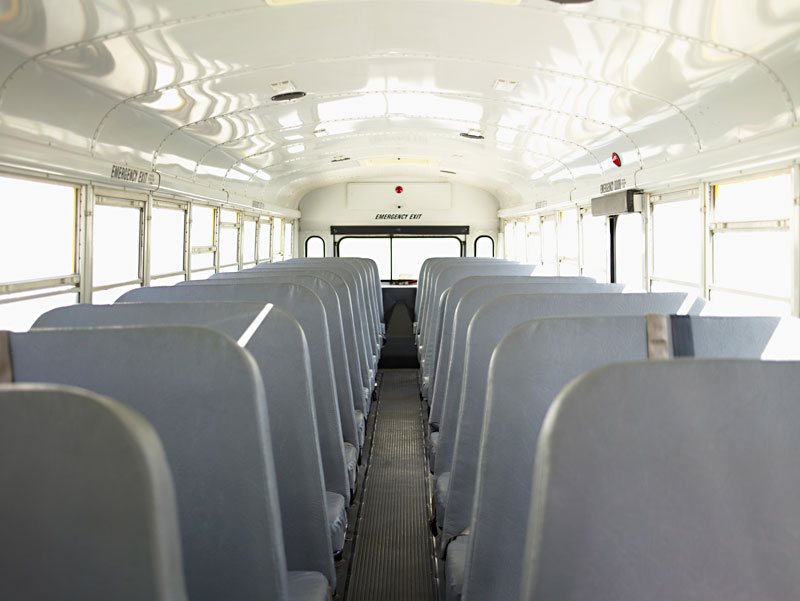Rise in Absenteeism Is Costing Austin Public Schools Millions
Mental illness seems to be driving the absences, group says
By Brant Bingamon, Fri., June 7, 2024

School absences are costing local schools lots of money at a very bad time.
Austin ISD revealed last month that absenteeism, which surged during the COVID-19 pandemic, will reduce district revenue by $13.5 million in 2024-25 – a big chunk of the $89 million budget deficit the district is currently facing.
Absenteeism hurts public school districts in Texas because attendance directly affects funding. Each day an enrolled student is absent from class reduces money for teachers, programs, and everything else schools do for kids.
Chronic absenteeism, defined as a student missing school for 10% or more of the school year, surged during the COVID pandemic nationally and here in Austin. An AISD spokesperson shared data with the Chronicle showing that about 9% of enrolled AISD students were chronically absent in the 2019-20 school year, a number that had been stable for the preceding decade. In 2020-21, the rate climbed to 14.9%. In 2021-22, it increased to a staggering 29.8% as successive waves of COVID illness swept over Central Texas.
State counts of absenteeism for the most recent two school years aren’t yet available, but data collected by the student advocate group E3 Alliance, which consults with 15 school districts in Central Texas, found a chronic absenteeism rate of 22% statewide in 2022-23. So absenteeism seems to be trending back in the right direction but is still more than twice as high as it was before the pandemic.
E3’s Laura Koenig said research shows that the surge in chronic absenteeism in 2021-22 was caused mostly by illness. But today, students are having different issues. “Now that we’re moving beyond the pandemic, we are seeing a great rise in students reporting mental health issues, of not feeling safe at school,” Koenig said. “And then the other thing that we have heard is that students, predominantly students of color, felt like they were safer at home, that there was some bias at school.”
E3’s research echoes nationwide findings that children from low-income households are much more likely to be chronically absent than other students. The rates are also disproportionately high for homeless students, special education students, immigrants, and ethnic minorities.
Koenig said chronic absenteeism hurts not only the students but also their schools and communities. She said school leaders need to cultivate a culture of belonging and safety at schools and give kids the agency to choose to be in school. She also believes that strategies to combat absenteeism need to derive from research and address the specific situations that keep kids out of school.
“For example, schools can do everything possible to support mental health while students are on campus, but if they don’t have a home or a place to sleep, that is not going to help,” Koenig told us. “So how are we matching the strategies to the root cause? And how do we look beyond the school to make this happen, understanding that it is a whole ecosystem approach that is needed to address this?”
AISD officials are pondering such questions this summer as the district designs an initiative to lower absenteeism. The district is not yet ready to talk details, but, to address attendance overall, they said that teams will walk door to door in selected neighborhoods this summer to help parents enroll their kids in school. “We are also developing a monetary incentive program for campuses that increase their average daily attendance, which will roll out in fall 2024,” a district spokesperson told us. “Our Parent Support Specialists will also work with families to help them understand the importance of student attendance with 'Attendance Matters’ parent workshops.”
“School matters and attendance matters for a variety of reasons, the first of which is, we can’t teach you if you’re not here,” Koenig said. “And the second is the funding. In the research we’ve done we found that reducing absentee averages by one day per year returns an amazing amount back to our Central Texas school districts. If we could get absenteeism down by 2% it would bring about $35 million back into their budgets.”
Got something to say on the subject? Send a letter to the editor.









